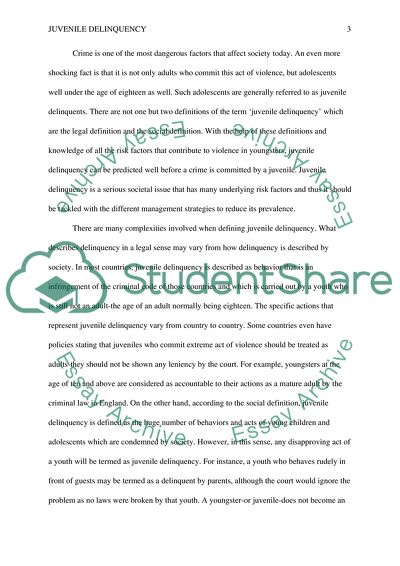Cite this document
(Juvenile Delinquency Essay Example | Topics and Well Written Essays - 1250 words - 1, n.d.)
Juvenile Delinquency Essay Example | Topics and Well Written Essays - 1250 words - 1. https://studentshare.org/english/1792761-juvenile-deliquency-argument-style-essay
Juvenile Delinquency Essay Example | Topics and Well Written Essays - 1250 words - 1. https://studentshare.org/english/1792761-juvenile-deliquency-argument-style-essay
(Juvenile Delinquency Essay Example | Topics and Well Written Essays - 1250 Words - 1)
Juvenile Delinquency Essay Example | Topics and Well Written Essays - 1250 Words - 1. https://studentshare.org/english/1792761-juvenile-deliquency-argument-style-essay.
Juvenile Delinquency Essay Example | Topics and Well Written Essays - 1250 Words - 1. https://studentshare.org/english/1792761-juvenile-deliquency-argument-style-essay.
“Juvenile Delinquency Essay Example | Topics and Well Written Essays - 1250 Words - 1”. https://studentshare.org/english/1792761-juvenile-deliquency-argument-style-essay.


